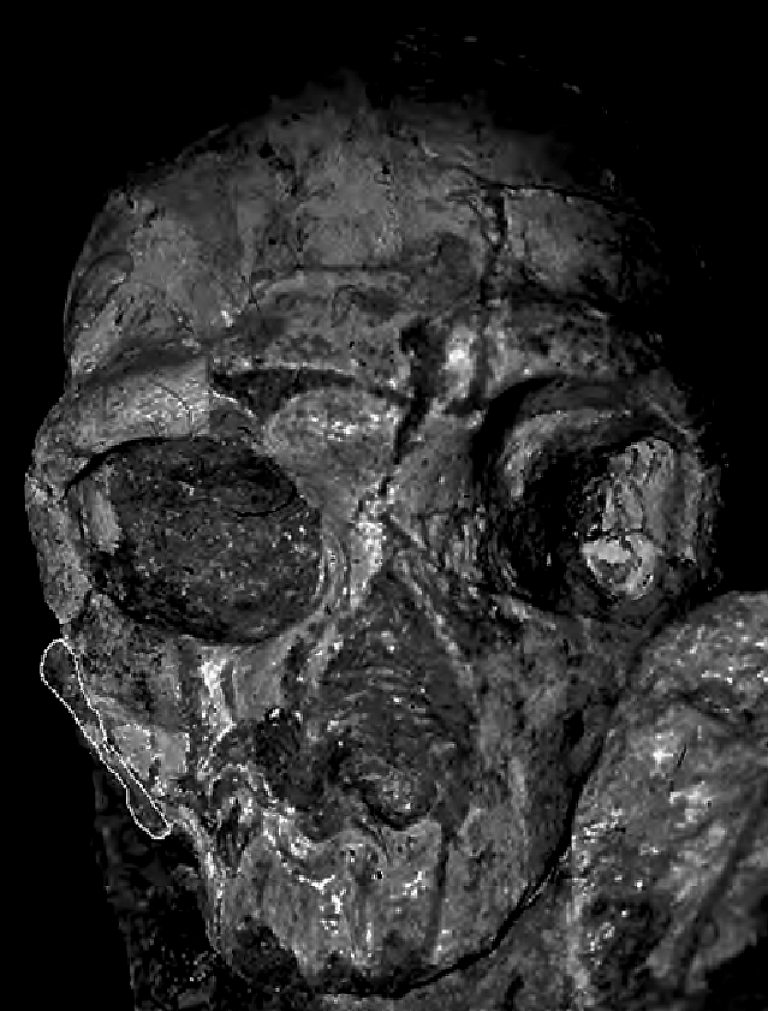The Greek hominin skull of Apidima 2 has been radiometrically dated to 160,000 years of age
17 June 2017
Laser ablation U-series dating results on a human cranial bone fragment from Apidima, on the western cost of the Mani Peninsula, Southern Greece, indicate a minimum age of 160,000 years.
 The dated cranial fragment belongs to Apidima 2, which preserves the facial skeleton and a large part of the braincase, lacking the occipital bone. The morphology of the preserved regions of the cranium, and especially that of the facial skeleton, indicates that the fossil belongs to the Neanderthal clade. The dating of the fossil at a minimum age of 160,000 years shows that most of the Neanderthal traits were already present in the MIS 6 and perhaps earlier. This makes Apidima 2 the earliest known fossil with a clear Neanderthal facial morphology. Together with the nearby younger Neanderthal specimens from Lakonis and Kalamakia, the Apidima crania are of crucial importance for the evolution of Neanderthals in the area during the Middle to Late Pleistocene. It can be expected that systematic direct dating of the other human fossils from this area will elucidate our understanding of Neanderthal evolution and demise.
The dated cranial fragment belongs to Apidima 2, which preserves the facial skeleton and a large part of the braincase, lacking the occipital bone. The morphology of the preserved regions of the cranium, and especially that of the facial skeleton, indicates that the fossil belongs to the Neanderthal clade. The dating of the fossil at a minimum age of 160,000 years shows that most of the Neanderthal traits were already present in the MIS 6 and perhaps earlier. This makes Apidima 2 the earliest known fossil with a clear Neanderthal facial morphology. Together with the nearby younger Neanderthal specimens from Lakonis and Kalamakia, the Apidima crania are of crucial importance for the evolution of Neanderthals in the area during the Middle to Late Pleistocene. It can be expected that systematic direct dating of the other human fossils from this area will elucidate our understanding of Neanderthal evolution and demise.
U-series dating and classification of the Apidima 2 hominin from Mani Peninsula, Southern Greece
Antonis Bartsiokas, Juan Luis Arsuaga, Maxime Aubertd, Rainer Grün
DOI: 10.1016/j.jhevol.2017.04.008
 Close
Close

